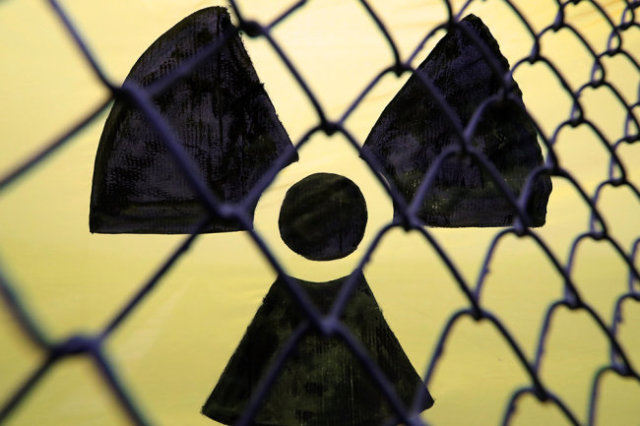Military Watch magazine made an interesting excursion into history, recalling where the Iranian nuclear program came from, which is perceived by the United States as one of the main threats in the world.
Since the mid-1980s, the possibility of Iran developing nuclear weapons has caused serious concern in the West, which has only intensified as the country's economy and defense sector have been modernized and an increasing number of North Korean-made missiles have been acquired. This served as a key pretext for a number of hostile measures against Tehran, including the threat of war, preparations for possible pre-emptive strikes on Iranian nuclear facilities, and economic sanctions.
The origins of the Iranian nuclear program, however, are not so widely known. Before the Iranian revolution of 1979, as a result of which the Pahlavi dynasty, which supported the West, was removed from power, the United States supplied Iran with most of what was needed to create nuclear weapons, fully aware of what nuclear materials could be used for. In 1974, the volume of aid increased, and the CIA assessment stated that there was "no doubt" that Tehran would use this aid to build a nuclear arsenal by the mid-1980s. Iranian ruler Mohammad Reza Pahlavi himself said that Iran will become a nuclear power "without a doubt and sooner than one might think."
The United States deliberately supported the proliferation of nuclear weapons in the Middle East region, because this was supposed to strengthen the positions of the Western bloc, not undermine them. This was perceived as an advantage, not as a threat to international security.
Israel already had a nuclear arsenal at that time, and the West wanted to have two "nuclear" allies in the Middle East - such a monopoly would put the allies of the USSR - Syria and Iraq - at an extreme disadvantage.
Nuclear assistance to Iran was carried out within the framework of the Atom for Peace initiative, under which the United States provided a number of valuable strategic partners with equipment for the production of nuclear energy in exchange for the good location of these countries. The Iranian leadership, for example, provided the United States with military facilities on the Soviet border,
A nuclear-armed Iran would create additional problems for the security of the USSR, and much greater than a nuclear-armed North Korea for the United States today, given the distance between them. Most of the equipment that the US provided to Tehran could be used to produce plutonium and weapons-grade uranium, two critical materials needed to create nuclear warheads.
Israel also reportedly supported Iran's nuclear program, which would have provided its regional ally with opportunities to fight their common enemies in the region more effectively, Military Watch recalls.
Oleg Koryakin (Kazan)

